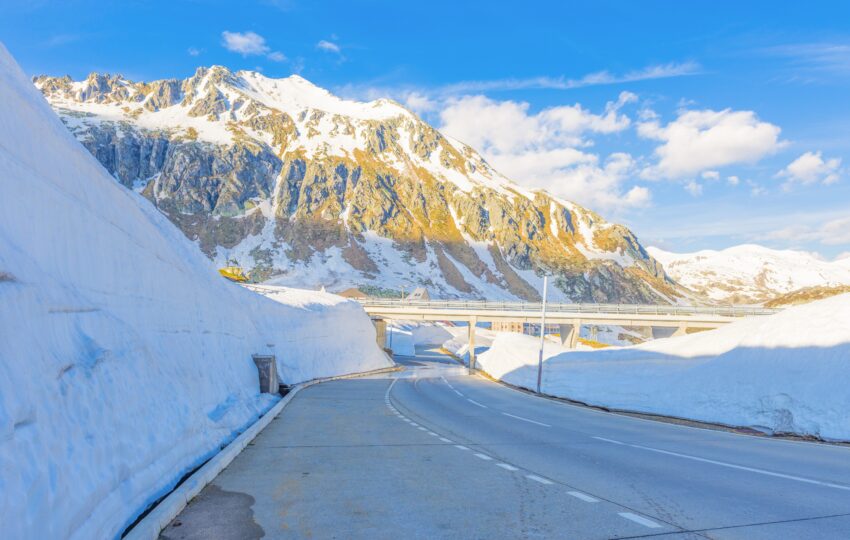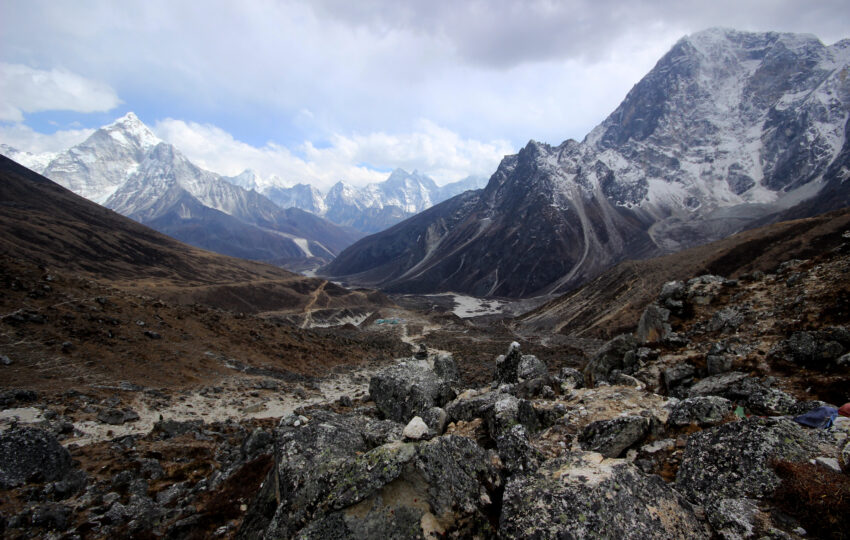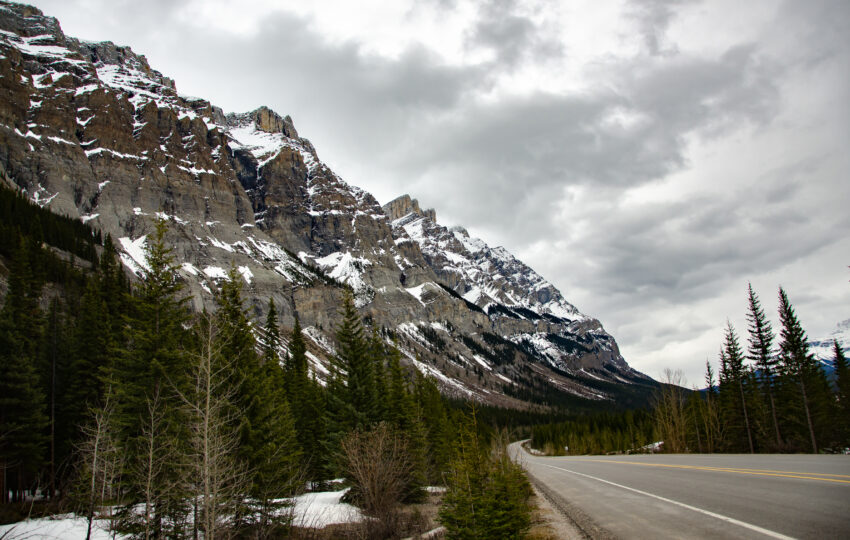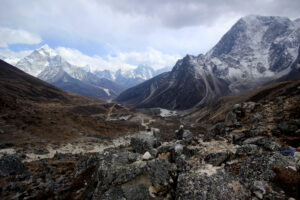Spiti Valley – The Ultimate Himalayan Adventure
Introduction to Spiti Valley
Nestled high in the Himalayas, Spiti Valley is a remote paradise that offers travelers an unforgettable blend of natural beauty, adventure, and culture. Known as the “Middle Land” between India and Tibet, Spiti Valley is a dream destination for those seeking untouched landscapes, ancient monasteries, and thrilling outdoor experiences. With its rugged terrain, crystal-clear rivers, and snow-capped peaks, the valley is perfect for adventure seekers and nature lovers alike.
Why Visit Spiti Valley?
The Spiti Valley experience is unlike any other. Far from the chaos of city life, it offers a chance to immerse yourself in peaceful surroundings while embracing raw adventure. Whether you’re exploring ancient Buddhist monasteries like Key Monastery and Tabo Monastery, trekking through high-altitude trails, or simply soaking in the beauty of the Spiti River, every moment here feels magical. The region’s unique blend of Indian and Tibetan cultures also adds a rich layer of tradition and spirituality to your journey. Watch
Best Time to Visit Spiti Valley
The ideal time to visit Spiti Valley is from May to October, when the weather is pleasant and most roads are open. Summers offer a comfortable climate for trekking, camping, and sightseeing. During winter, the valley transforms into a snow-covered wonderland, making it a perfect escape for experienced winter adventurers.
Top Adventures in Spiti Valley
Trekking and Hiking – Spiti Valley is home to some of the most stunning trekking routes, including the Dhankar Lake trek, Pin Valley trek, and Parang La trek.
Motorbike Expeditions – Riding through the winding Himalayan roads is a thrilling way to explore the region.
Camping by the Spiti River – Spend nights under the starlit sky with the river’s soothing sounds as your background music.
Wildlife Spotting – The valley is home to rare species like the snow leopard, Himalayan ibex, and blue sheep.
Cultural Highlights
Spiti Valley is not just about landscapes; it’s also a land of spirituality and heritage. The valley is dotted with centuries-old monasteries where you can witness Buddhist rituals, intricate murals, and ancient scriptures. Villages like Kibber, Langza, and Komic offer a glimpse into the simple yet rich lifestyle of the locals. Don’t miss the chance to interact with the warm-hearted Spitian people and taste traditional delicacies like thukpa and momos.
How to Reach Spiti Valley
You can reach Spiti Valley from two main routes – via Manali or via Shimla. The Manali route is shorter but more challenging due to high-altitude passes like Rohtang Pass and Kunzum Pass. The Shimla route offers a gradual ascent and is accessible for a longer period during the year.
Travel Tips for Spiti Valley
Acclimatize Properly – The valley sits at a high altitude, so take time to adjust.
Carry Essentials – Warm clothes, sturdy shoes, and basic medicines are a must.
Stay Connected – Network connectivity is limited, so inform your family before traveling.
Eco-Friendly Travel – Respect the fragile ecosystem by avoiding plastic and littering.
Spiti Valley is more than just a travel destination – it’s an adventure of a lifetime. Whether you’re drawn by its challenging treks, serene monasteries, or awe-inspiring landscapes, the valley promises experiences that will stay with you forever. If you’re ready for an escape that combines nature, culture, and thrill, Spiti Valley should be at the top of your travel bucket list.







